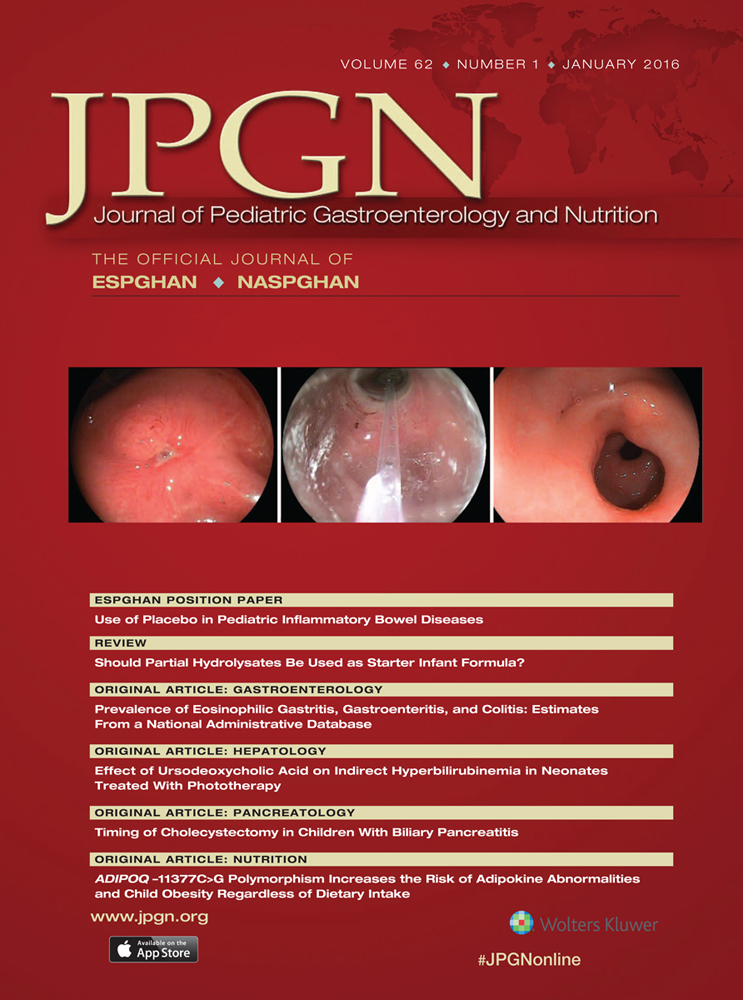Timing of Cholecystectomy in Children With Biliary Pancreatitis
The authors report no conflicts of interest.
ABSTRACT
Background:
Biliary pancreatitis (BP) is common in adults and children. Current standard of care is to perform a cholecystectomy (CCE) to decrease the recurrence risk of pancreatitis. Controversy exists as to the timing of surgery, early versus delayed surgical intervention. Adult literature suggests a greater benefit of early CCE. Comparatively, there is limited pediatric literature as to the optimal timing of a CCE in children. We report a retrospective case series of children with BP who underwent early versus late CCE.
Methods:
A retrospective chart review was performed of children with BP for a period of 45 months. Reviewed information included patient demographics, timing of CCE, and the occurrence of adverse events preceding or following surgical intervention. Early CCE was defined as surgery during the index admission; late CCE was defined as surgery during a subsequent admission.
Results:
Nineteen children and adolescents (17 girls) were identified to have had BP with a subsequent CCE. Cholecystectomy was performed early in 9 patients with no adverse events. Ten patients had delayed surgery with 4 occurrences of adverse clinical events (recurrence of pancreatitis or biliary colic abdominal pain) while awaiting their CCE.
Conclusions:
Adverse biliary-related events occur at a higher rate in children with mild BP who undergo a delayed CCE when compared to early CCE performance. Early CCE is safe to perform in children with mild BP.




